









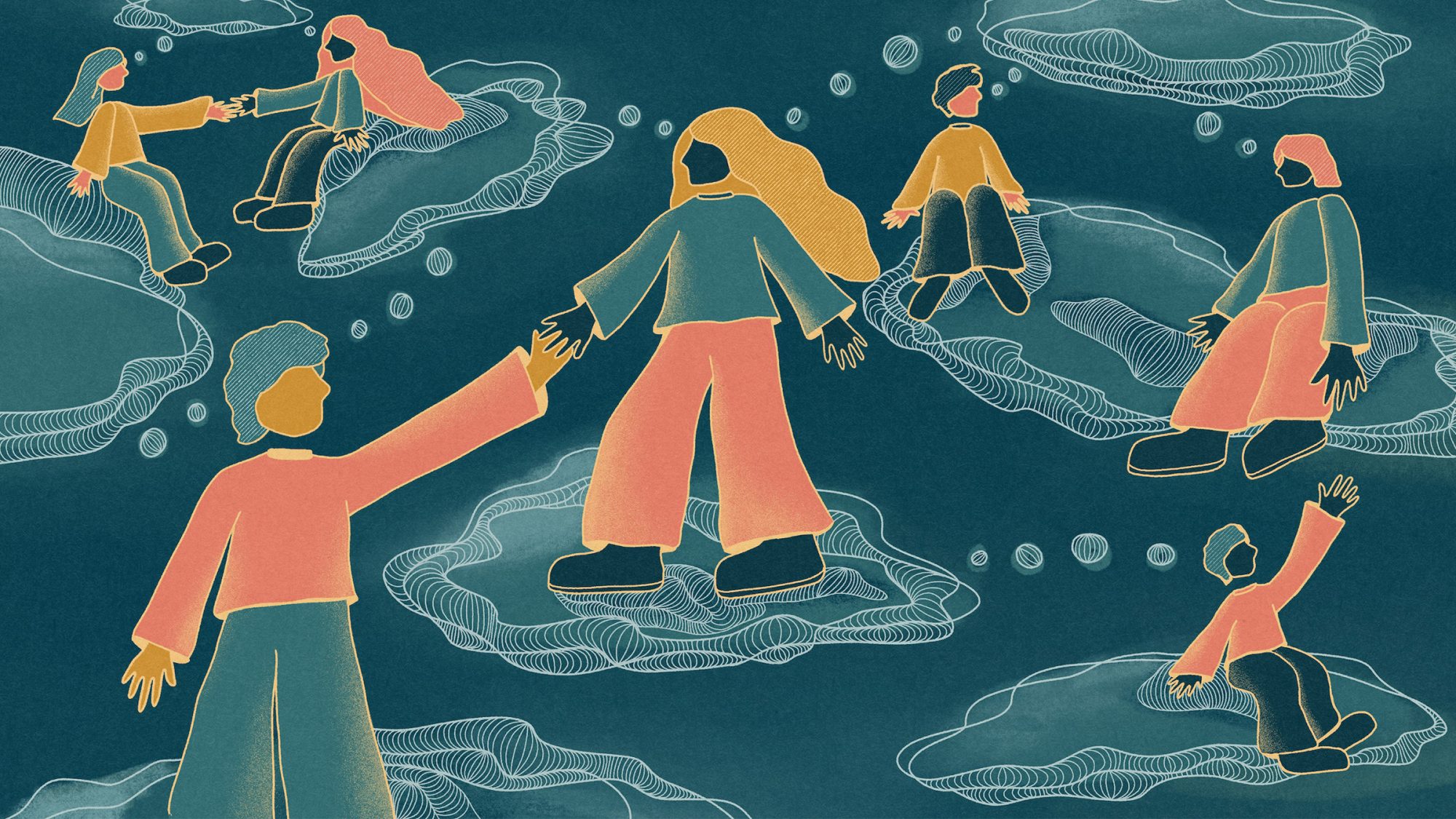 Illustration by Emily Wolfe @wemolt
Illustration by Emily Wolfe @wemolt
Discover how designing the office to support diversity and inclusivity can support business transformation and holistic wellbeing with Senior Associate, Emily West.
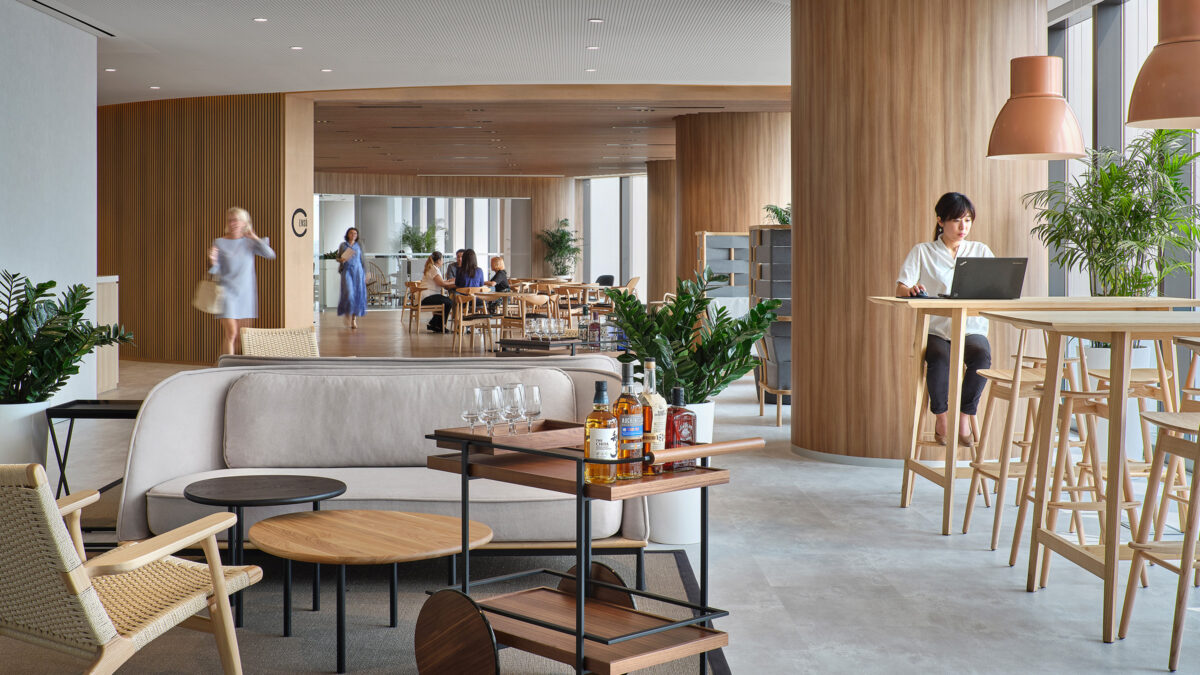
Following large-scale disruption to our lives, we’re all looking to restore or create new order beyond the pandemic. Many people are reflecting on their backgrounds and unique perspectives, connected by a new mindset and common purpose. From how we relate to others, to the actions required by organisations – workplace representation remains a key consideration.
Growing up on a farm in rural Western Australia, despite being one of the only mixed-race kids at school, it wasn’t until I travelled and worked abroad as a young adult that I discovered the melting pots of culture that are cities. Never before had I experienced the historical references and neighbourhoods of people with such diversity in nationality, ethnicity and religion.
Culture, identity and diversity have always been vital to my work. As designers, we have a responsibility to create inclusive, comfortable spaces that enable people to be their authentic selves.
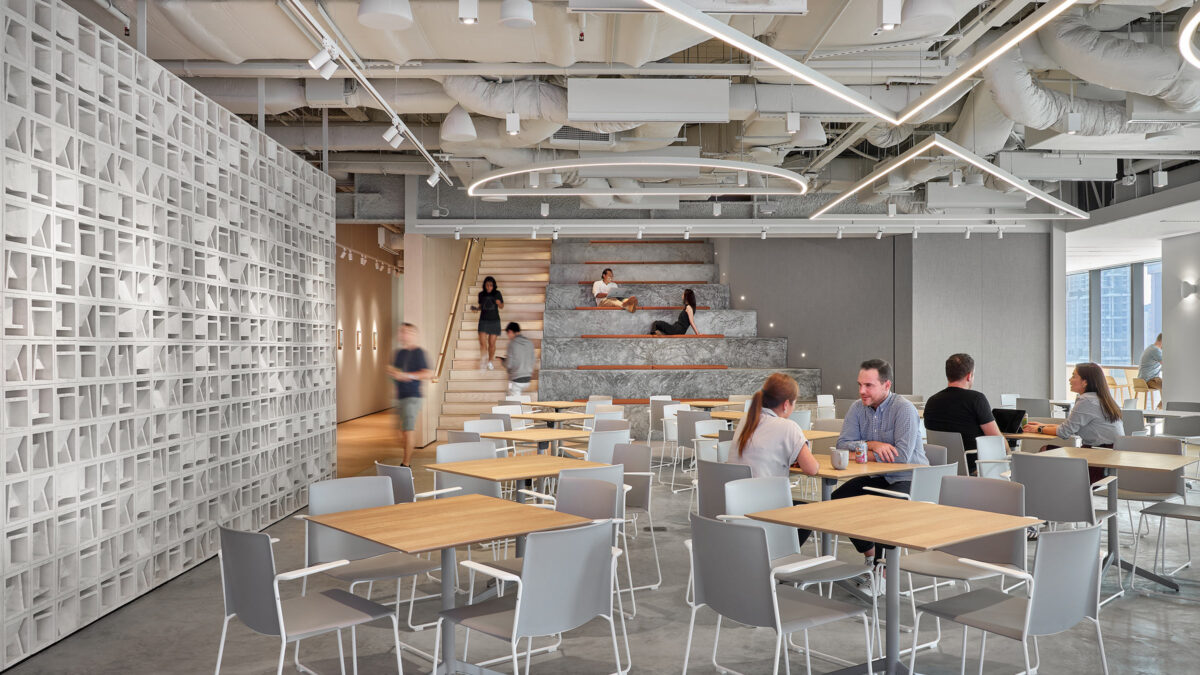
Communication styles
So how can we optimise the workplace experience by designing for diversity and inclusivity? A good starting point is being informed about cultural differences across our personal and professional lives. People from different backgrounds are often expected to work together effectively without being made aware of the subtle changes in communication style and preferences that can impact the way we work.
For example, high context cultures are relational, collectivist, intuitive, and contemplative. They require us to read into non-verbal elements such as situation and facial expressions. Low context communication cultures are less close-knit and therefore require fewer relational cues when interpreting messages.
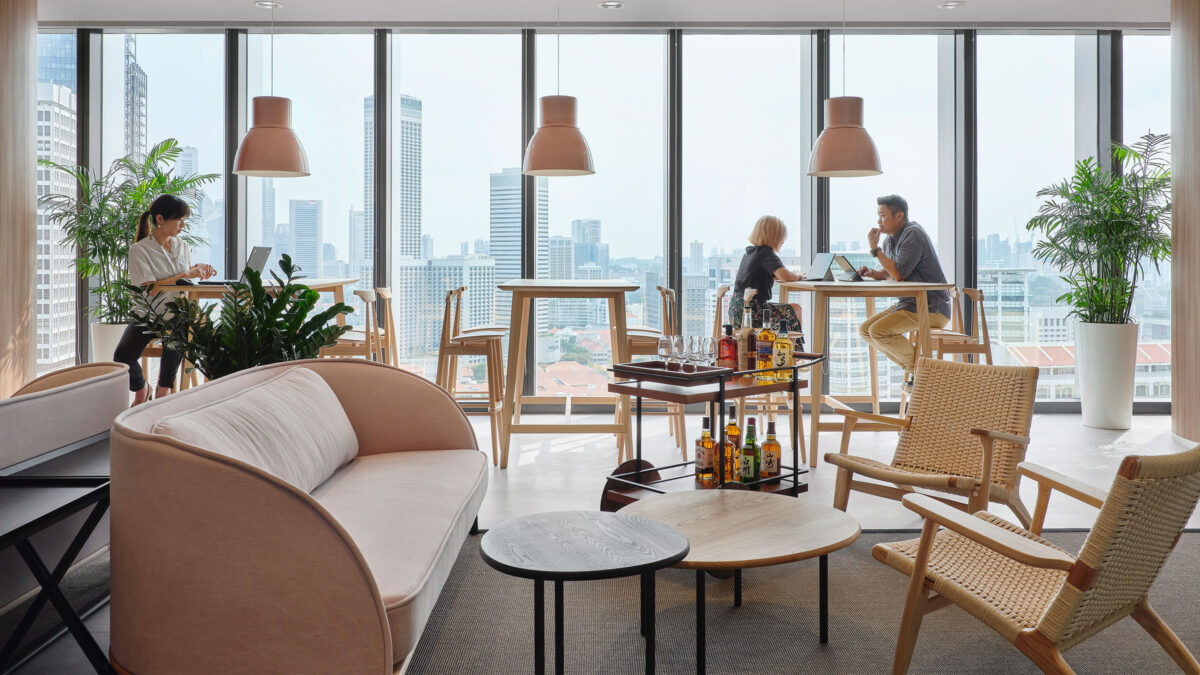
According to Erin Meyer’s The Culture Map, we should “watch more, listen more and speak less” when meeting new people. It’s also important to be aware of how our own communication style is influenced by our background and culture. This enables us to adapt accordingly.
It’s not enough just to be open-minded. We must also be well informed. We need to consciously navigate cultural differences to prevent us from being shaped by cultural patterns of behaviour and beliefs.
Working across digital and dispersed teams during the pandemic means it’s easier to miss some of the contextual cues and cultural nuances that are more obvious in person. By gaining a better understanding of the many aspects of our cultural differences, we enable more thoughtful interpretation.
In our work with Nutanix in Sydney, key project stakeholders were based in North America, India and Australia. Spread across London, Bengaluru, Hong Kong and Sydney, our office design team was able to interpret different aspirations to create a culturally engaging, human-centric experience.
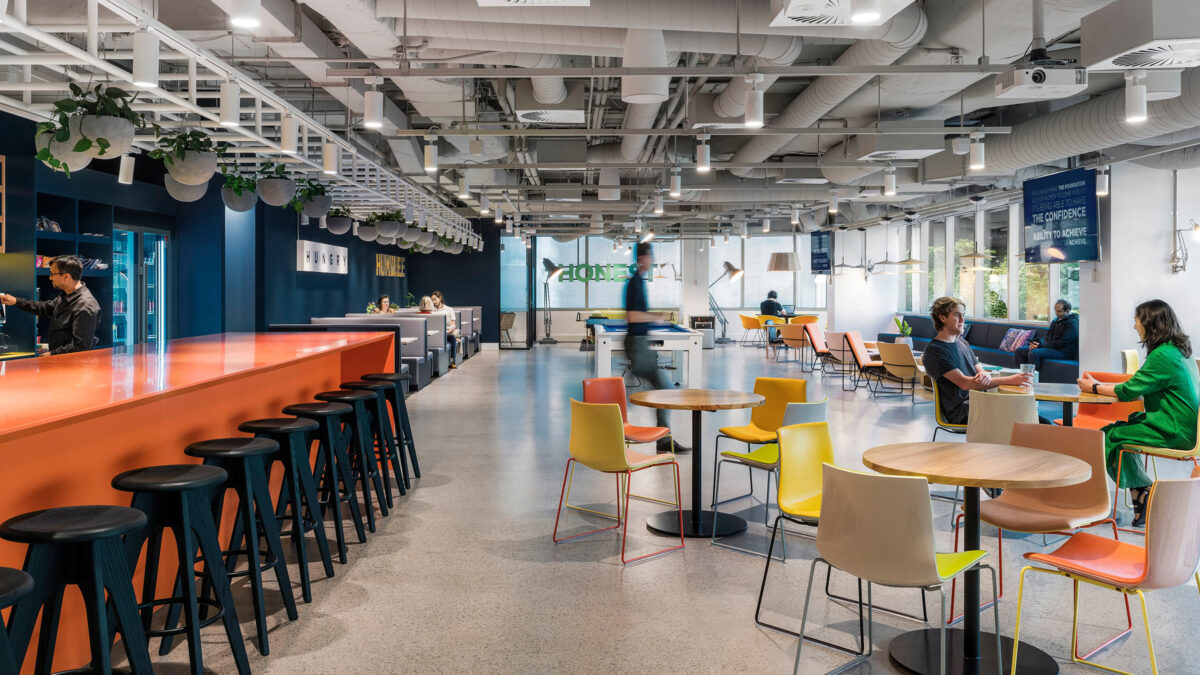
Democratic design
We must also design for diversity in age, gender, culture, religious observations, parenting duties and more, to democratise the workplace. As designers, we have to recognise that it’s impossible to design for every conceivable user need. However, we can create a sandbox environment that helps level the playing field by providing more control over how people interact with it.
At Zendesk’s headquarters in Singapore, parent, prayer and wellness rooms, alongside a garden and library, address individual workplace wellbeing needs. To meet the needs of all users, the M Moser New York office provides total flexibility. It features unassigned workpoints, moveable furniture and technology; battery packs/power stations and storage lockers.
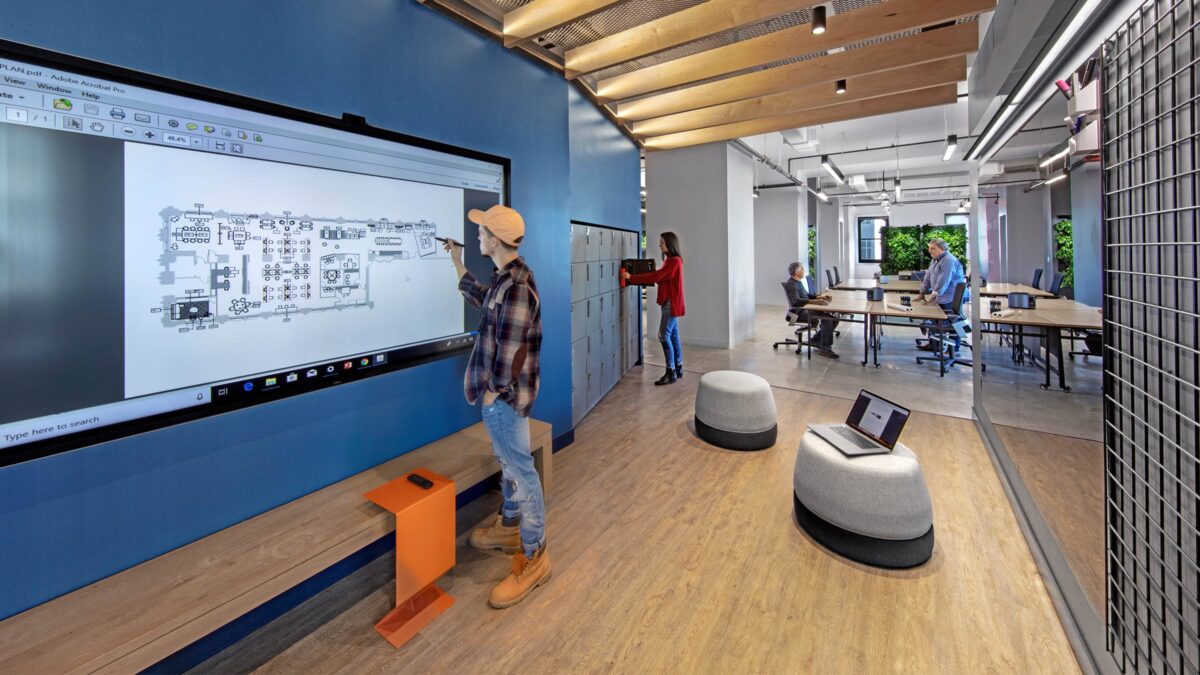
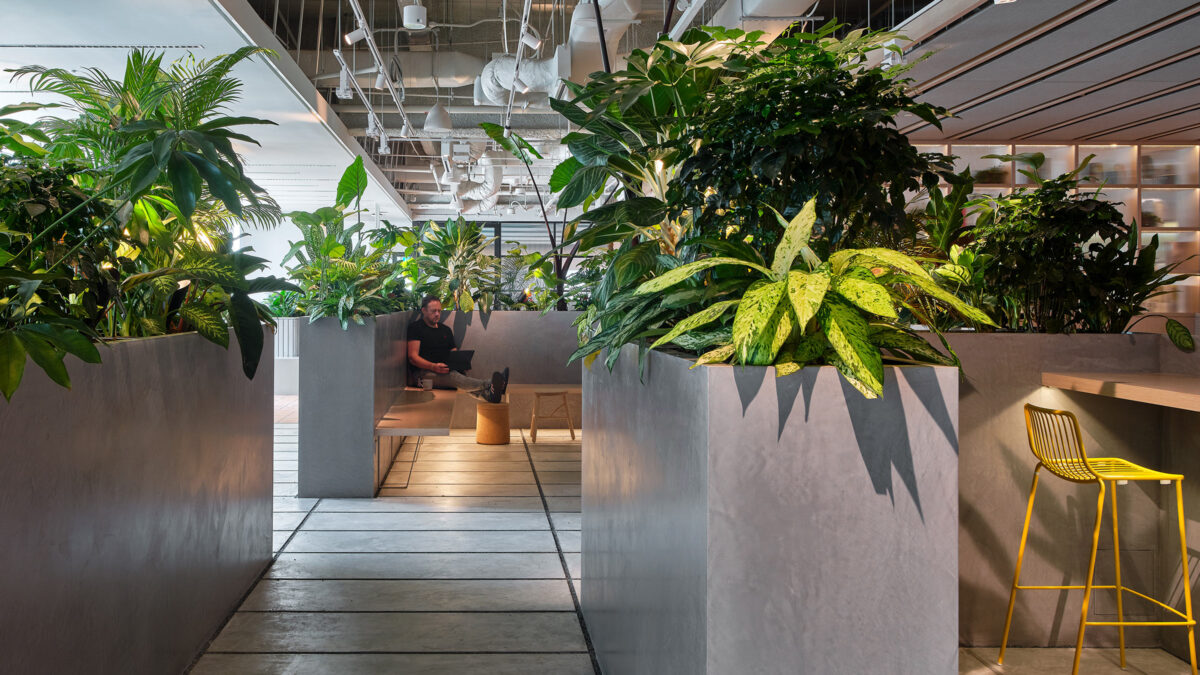
Connecting cultures
In Australia and many other countries around the world, there is a responsibility to build Indigenous cultural design capacity. The University of Melbourne held Australia’s first-ever Indigenous Design Symposium in 2018 to showcase First Nations’ design practitioners.
We engaged Australian Aboriginal artist, Chaboo, in our work with Nutanix in Sydney. He created custom canvas illustrations depicting the customer journey through water, land and sky. With continued attention and collaboration, we can enhance Indigenous practices across the industry, weaving Indigenous culture with interior design in meaningful ways.
Workplace design has the power to reflect diversity, encourage positive habits and inspire curiosity, enabling high performance and supporting holistic wellbeing. Together we can create more social equity at work and in society at large to support collective advancement.